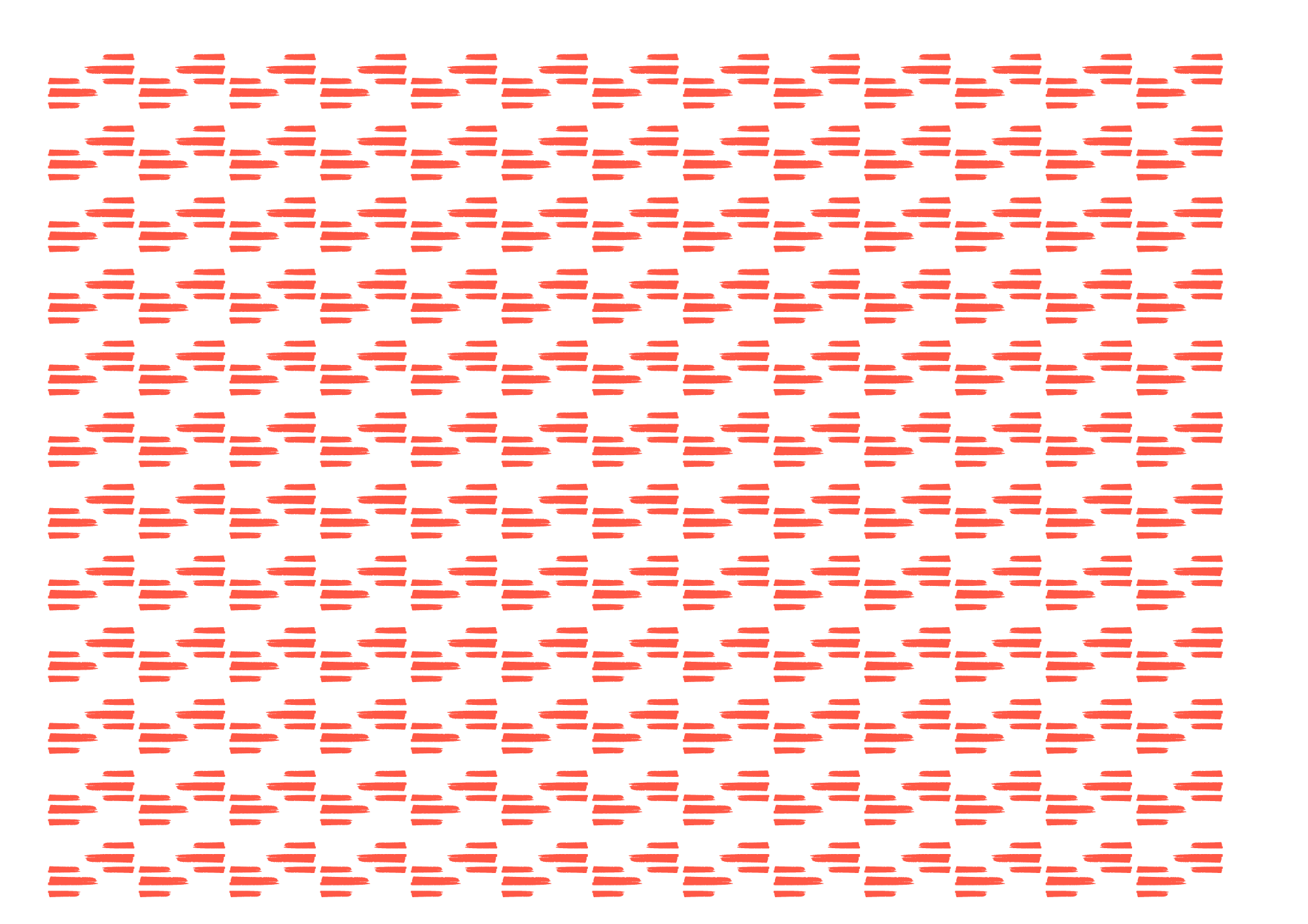Vulnerability of the Girl Child to HIV/AIDS
The UK NGO AIDS Consortium, a group of UK based organisations working together to understand and develop effective approaches to problems associated with HIV/AIDS, organised a two-day seminar that addressed the vulnerability of the adolescent and preadolescent girls to HIV/AIDS. The meeting was attended by over 100 participants from the UK, Africa, Asia, the US and Latin-America.
The objectives of the meeting were to, firstly, bring together representatives of NGOs, donors, UN organisations, and researchers to share their knowledge and experience on strategies to address sexual exploitation, abuse and vulnerability to HIV. Secondly, to come up with recommendations for a plan of action to raise international awareness of the vulnerability of girls and young women to HIV/AIDS. And lastly, to advance the recommendations of international conventions on the rights of children and young people, including the Convention on the Rights of the Child and the Declaration and Agenda for Action of the World Congress Against Commercial Exploitation of Children held in Stockholm in 1996.
It was pointed out that HIV/AIDS and the vulnerability of the girl child is a human rights issue and requires the use of international instruments as a priority action. Young girls are being infected with HIV at an alarmingly higher rate than any other age group because of their biological susceptibility to reproductive tract infections. Sexual activity often starts as early as 9 years, while adolescent pregnancy figures indicate that 40% of births are to girls 17 years and under. However, the sexual exploitation, abuse and lack of negotiating power and gender discrimination against young girls further compound this situation. Where violence initiates a girl’s sexuality, it often conditions and dictates their future attitudes and perceptions of sex, limiting their desire to pursue safe sex, and reduces their self-esteem and confidence.
While increasing levels of global poverty is evident in the increasing numbers of girls working as domestic workers, commercial sex workers, living as street children or forced into early marriages or non-consensual relationships, the socio-economic costs of structural adjustment programmes have further marginalised the girl child from mainstream education and compounded gender inequalities in general.
Personal testimonies and presentations on sexual abuse from different countries were complimented by panel presentations on innovative programmes in prevention, care and re-integration of girls. The seminar concluded that urgent action is required to raise young girls’ voices and rights, to highlight best practices as well as international advocacy to focus on the vulnerability of the girl child.
Issues worth addressing are how instruments used for Female Genital Mutilation (FGM) could contribute to the spread of HIV/AIDS. FORWARD hopes to draw attention to this vital omission.

